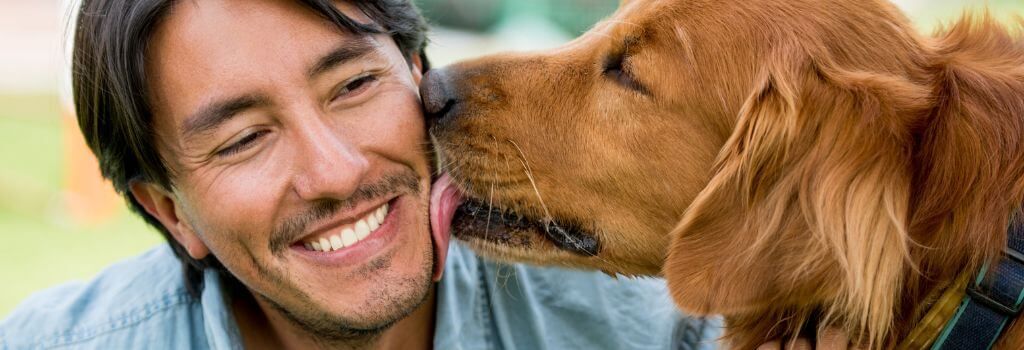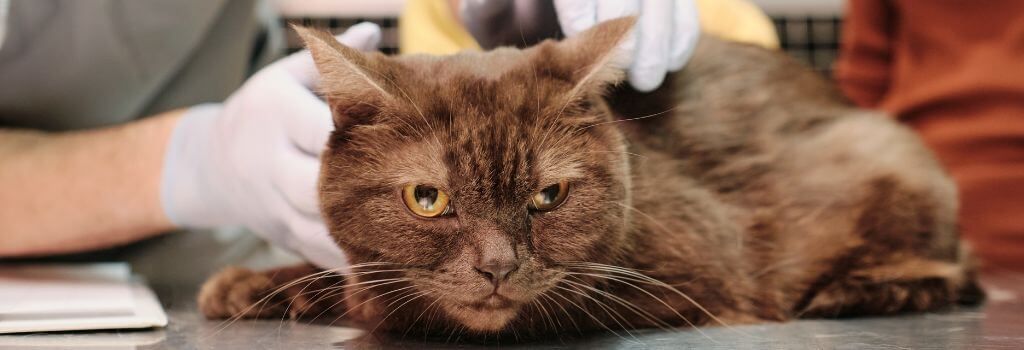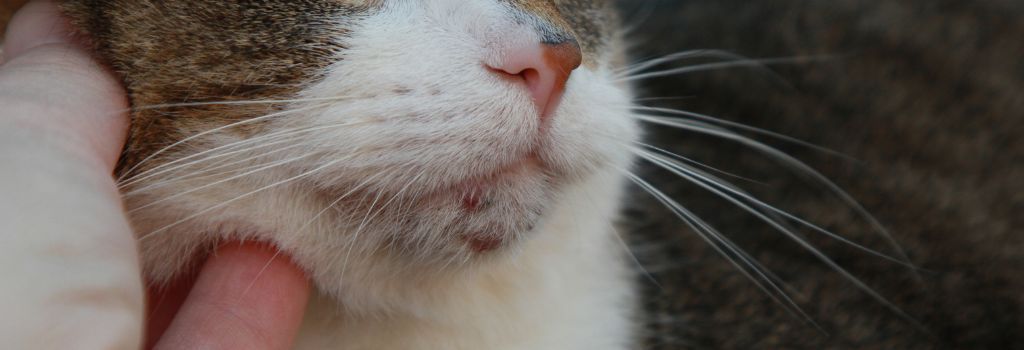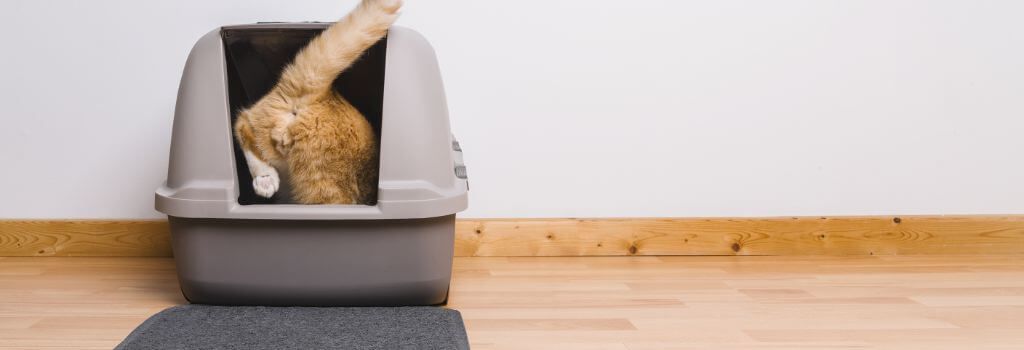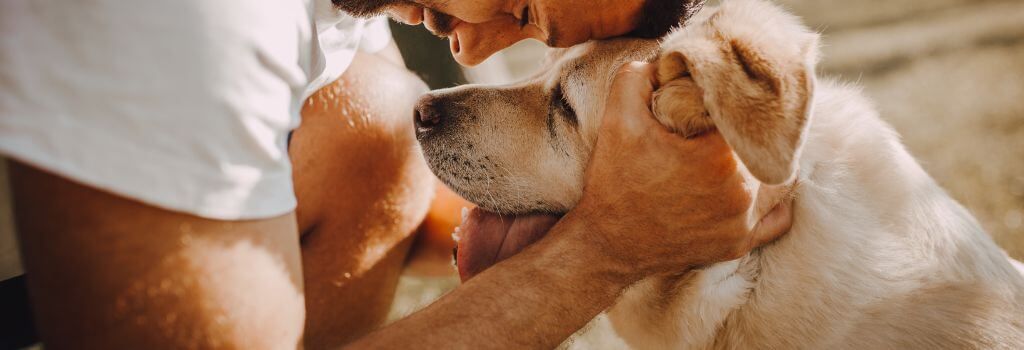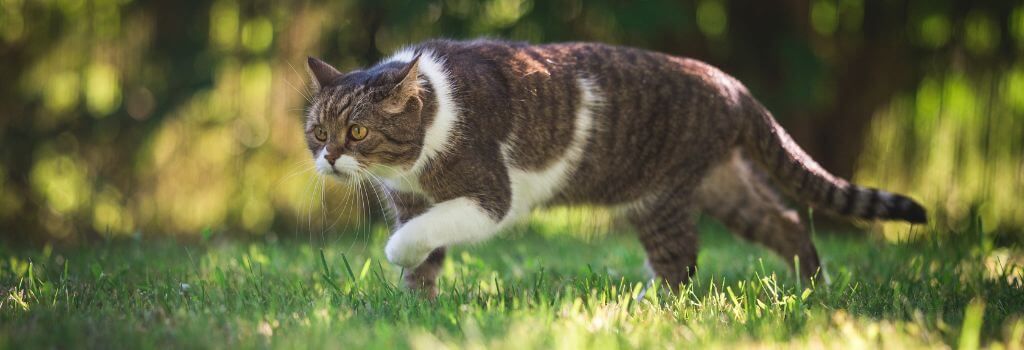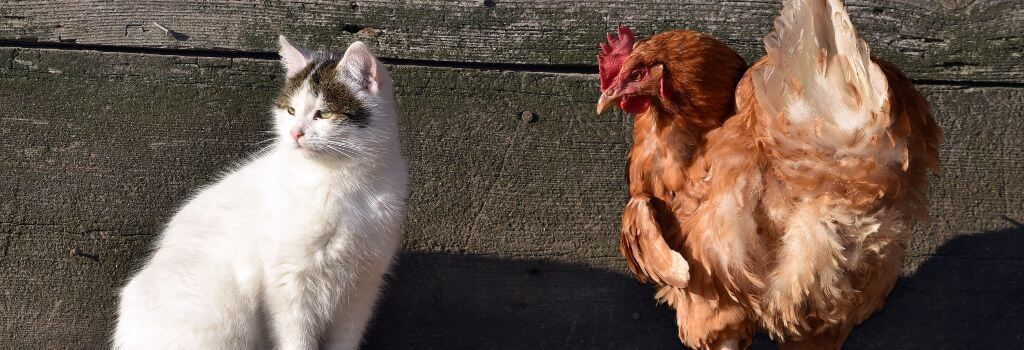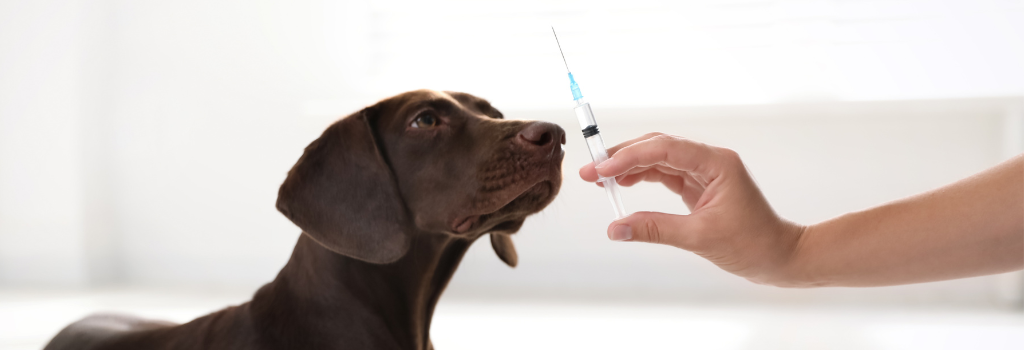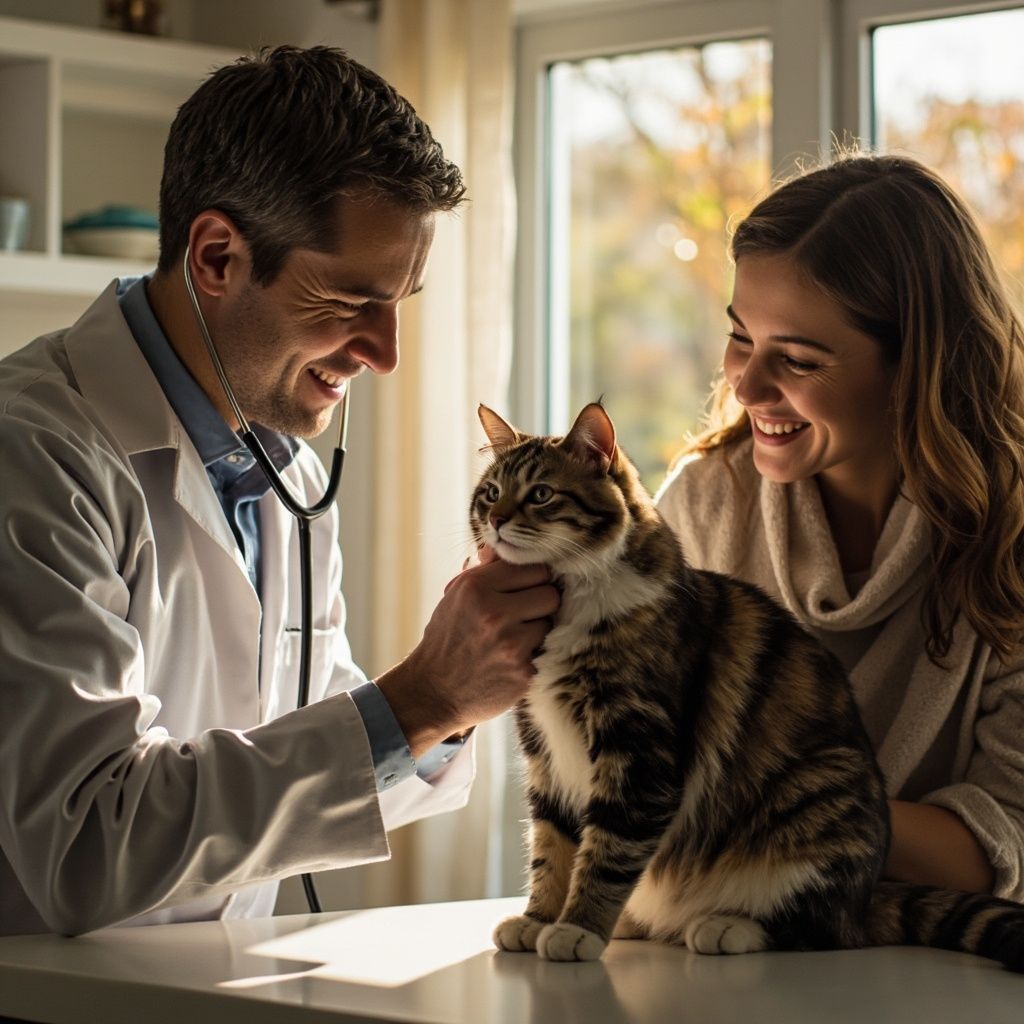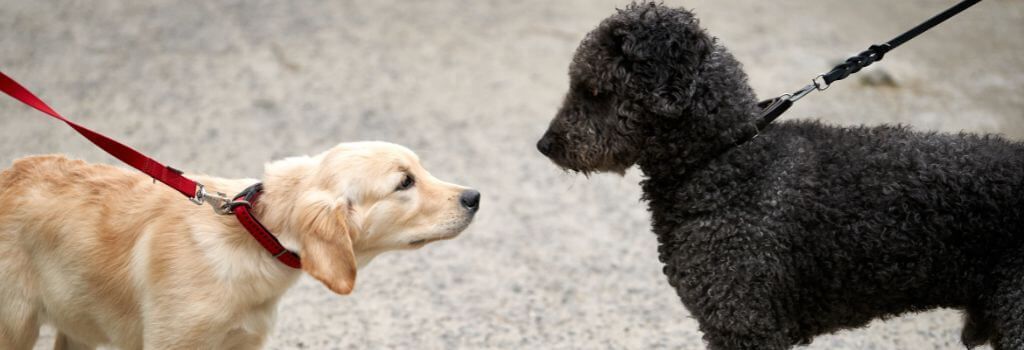The 5 Grooming Things You Should Check on Your Dog Every Month
As veterinarians, we stress the importance of regular grooming for dogs. Not only does grooming help keep their coat looking healthy and clean, but it can prevent certain health issues. While most groomers check a dog's overall condition during their appointments, we recommend that pet parents check a few grooming things at home. We suggest starting at the top and working your way down, checking for signs of problems that may need attention.
Even if your dog doesn't appear to have any problems at a glance, it's always a good idea to stay vigilant and check for any signs of trouble. This article will discuss the five grooming things you should check on your dog monthly to ensure their health and well-being.
1. Head
- Ears: Check your dog's ears to ensure they're clean and watch for signs of infection or inflammation. Look out for redness, swelling, discharge, head shaking, or a foul odor. If you notice any of these signs, it's important to take your dog to the veterinarian for treatment.
- Eyes: Keeping an eye on your dog's eyes can help you catch any potential problems early. Check for redness, discharge, cloudiness, or any other signs of irritation. If your dog has long hair, ensure it doesn't go into their eyes or get matted at the corners of the eyes.
- Additionally, look out for changes in your dog's vision, such as bumping into things or hesitating to go up or down stairs. If you notice any problems or changes, see a vet right away. Eye problems are always an emergency.
- Nose: A dry nose doesn't always mean something is wrong , but if your dog's nose is dry, cracked, or has any discharge, it may indicate an underlying problem. It's also important to keep an eye out for any obstructions, unusual growths, or sores around their nose.
- Mouth: Look for signs of plaque buildup, tooth damage, bad breath, and bleeding gums. Additionally, ensure there are no foreign objects lodged in their mouth or throat, which could cause choking or other problems. Seek veterinary care if you notice any problems or if the pigment inside your dog's mouth changes.
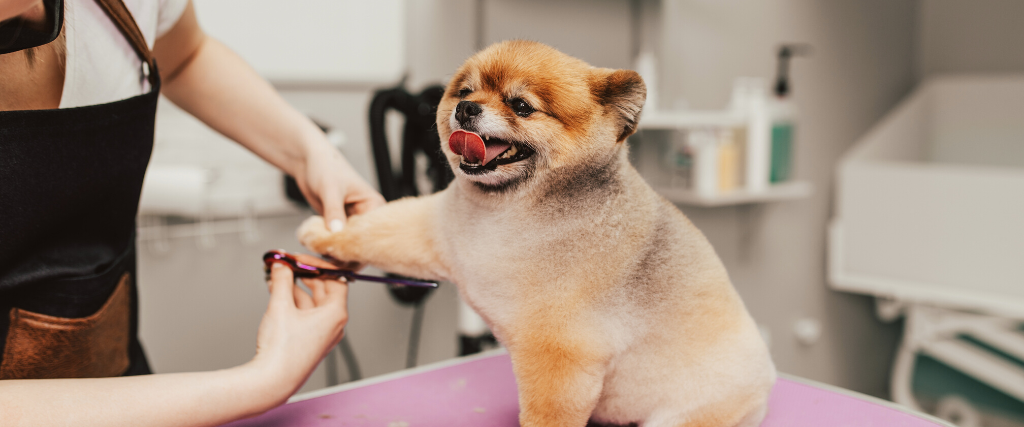
2. Fur/Hair
What's the difference between fur and hair? If your dog sheds and requires regular brushing, they have fur. If their coat grows and requires regular grooming, they have hair. Regardless of what type of fur they have, you should look at it every month to watch for signs of problems.
When assessing your dog's fur/hair, there are a few things you should look out for. Bald patches are one of the most obvious signs of an issue. If you notice your dog has a bald spot or an area where the hair is thinning, it's essential to investigate further. Bald patches could be a sign of a skin condition or allergies. Another thing to watch for is changes in color in areas where your dog licks frequently. This could be a sign of an underlying health issue, such as a yeast infection, hot spot, or skin irritation and is most noticeable on dogs with light-colored fur/hair.
Keep an eye out for fleas and ticks , too. These external parasites can cause itching and irritation and even lead to severe health problems. Regular at-home grooming and inspection will help you detect fleas and ticks early and prevent them from becoming a more serious issue.
If you have a long-haired dog, they may develop mats in their coat. Mats can be painful for dogs and cause skin irritation or infection. Regular brushing can help prevent mats from forming and keep your dog's coat looking healthy and shiny.
3. Skin and Body
When checking your dog's skin, watch out for any bumps, rashes, or discoloration that may indicate an underlying health issue. Pay particular attention to any flea bites, which are often found around the abdomen and base of the tail. Feel for unusual lumps or bumps on your dog's body. Remember that both female and male dogs have nipples, so don't mistake these for lumps.
It's also important to check your dog's feet for signs of allergies or other skin irritations. Allergies can cause redness, swelling, and itching in your dog's paws, leading to licking and chewing, often making the problem worse.
Assess your dog's body condition , as well. Looking at your dog from above, there should be an indentation at the waist, like an hourglass. And when looking at them from the side, the belly should have a slight tuck at the back legs. You should be able to feel your dog's ribs without seeing them, indicating that they are at a healthy weight. If you notice any changes in your dog's body condition, such as sudden weight loss or gain, take them to the veterinarian for a checkup.
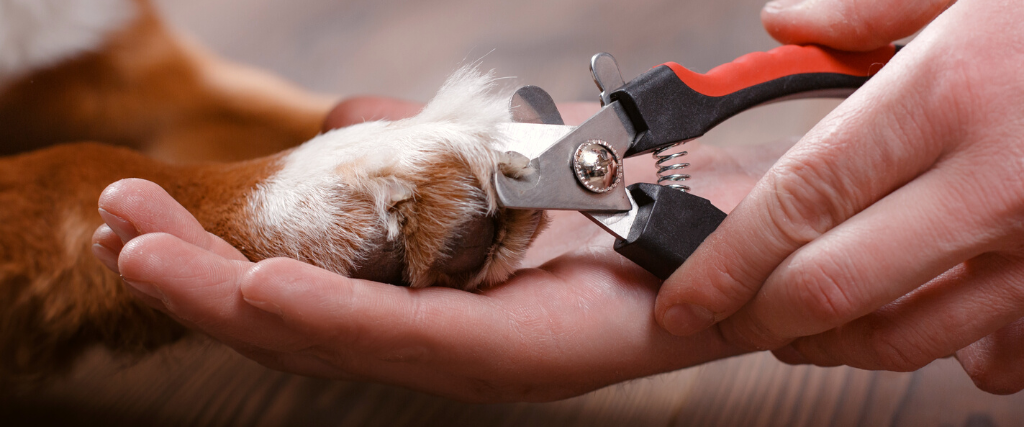
4. Legs
Some breeds are prone to developing fatty tumors called lipomas , which can occur all over the body but tend to be more noticeable on the legs because there isn't as much skin and fat to hide them. Regularly checking your dog's legs will help you catch abnormalities early and seek treatment before they become more serious.
As pet parents, we are often immune to the sound of our dogs' nails on the floor, but this indicates that your dog's nails are too long. Some naturally active dogs wear down their nails, but owners often forget the dewclaws. Getting your dog used to having their feet and nails touched can make trimming their nails a lot easier. Touching and even playing with your dog's feet—even when they don't need a trim— can make a big difference in their comfort level during nail trims.
Look between your dog's toes and under their paw pads. Organic material, like dirt, grass, and even feces, can get caught in the creases, leading to skin irritation or infection. Regularly checking and cleaning these areas helps prevent any issues from developing.
5. Bottom
Checking your dog's bottom is important, even though it isn't the most pleasant part of grooming. If your canine companion has anal gland issues , you are likely familiar with the fish-like smell that accompanies them. Dogs have two anal glands located on either side of their anus, roughly at the 5 and 7 o'clock positions on their anus. Normally, these glands empty on their own when a dog goes to the bathroom, but sometimes, they become impacted and require manual expression. Groomers typically perform external expression, but if the glands are infected or impacted, the anal sacs may rupture. This is extremely painful for your dog and requires immediate veterinary care.
Dogs with long hair should also have their bottom area trimmed to prevent feces and urine from sticking to their fur, which can cause skin irritation and discomfort.
Conclusion
Regular grooming keeps your dog looking and feeling their best and helps you detect illness or injury before it becomes a more significant problem. Early detection is key to a positive outcome, so examining your dog during at-home grooming sessions benefits their overall health and well-being.
By checking your dog's ears, eyes, nose, mouth, fur, skin, body, legs, and bottom during grooming, you can detect issues early and seek veterinary care if necessary. In addition, grooming allows you to bond with your furry friend and can be a calming and relaxing activity for you both. By grooming your dog at home, you are investing in their overall health and happiness, which can lead to a more fulfilling and joyful life together. If you notice any problems while grooming your pet or they are due for a wellness exam, contact us to schedule an appointment.
Recent Posts
